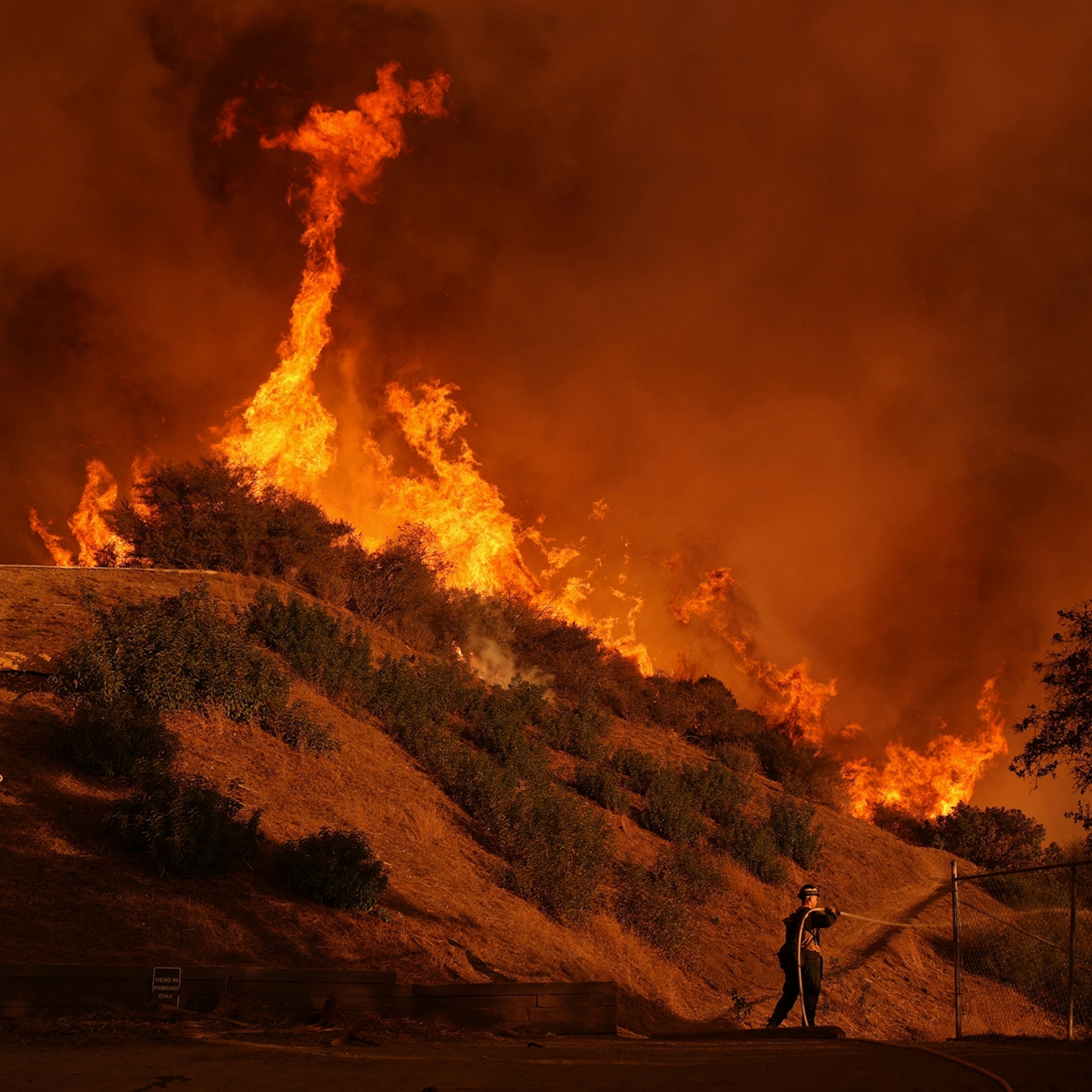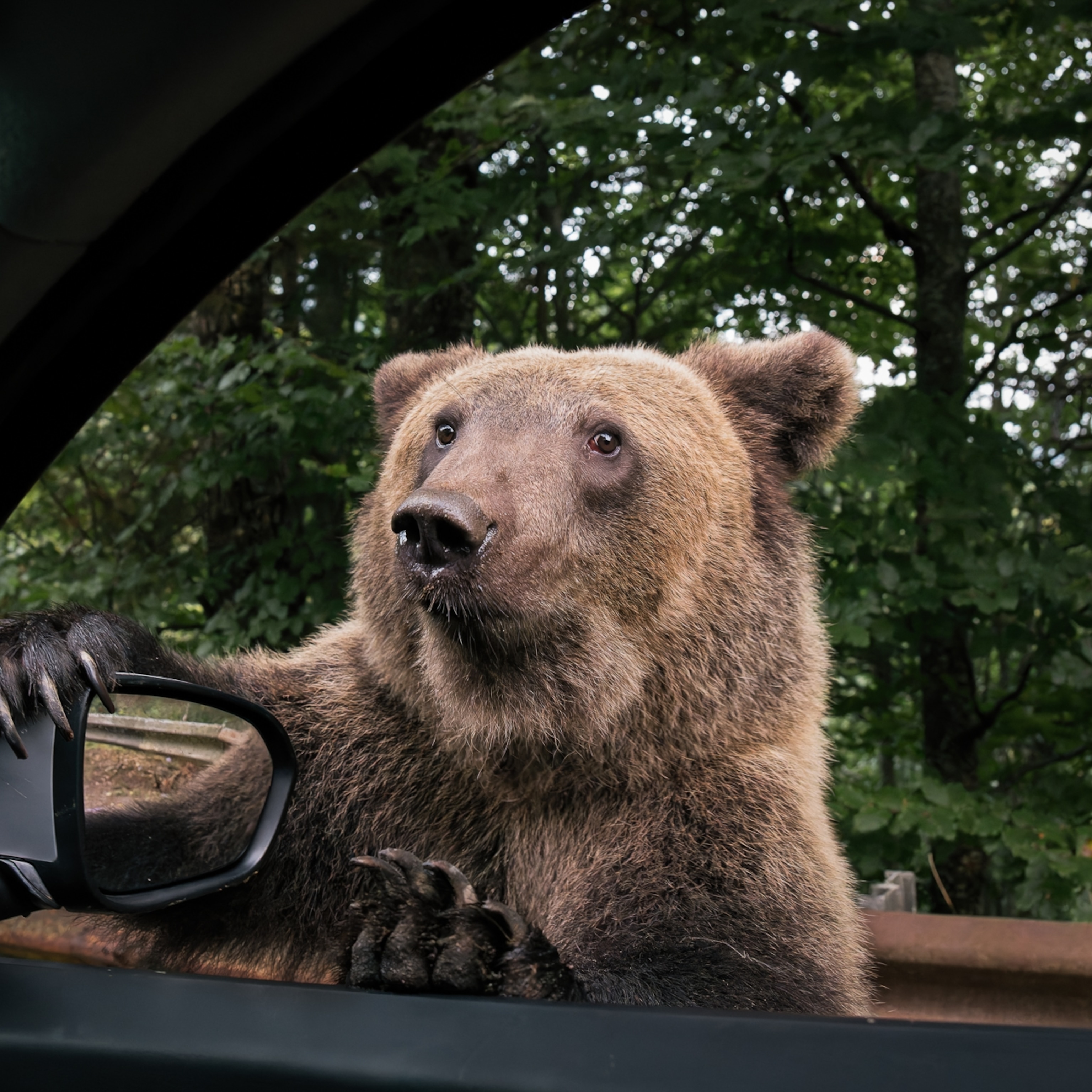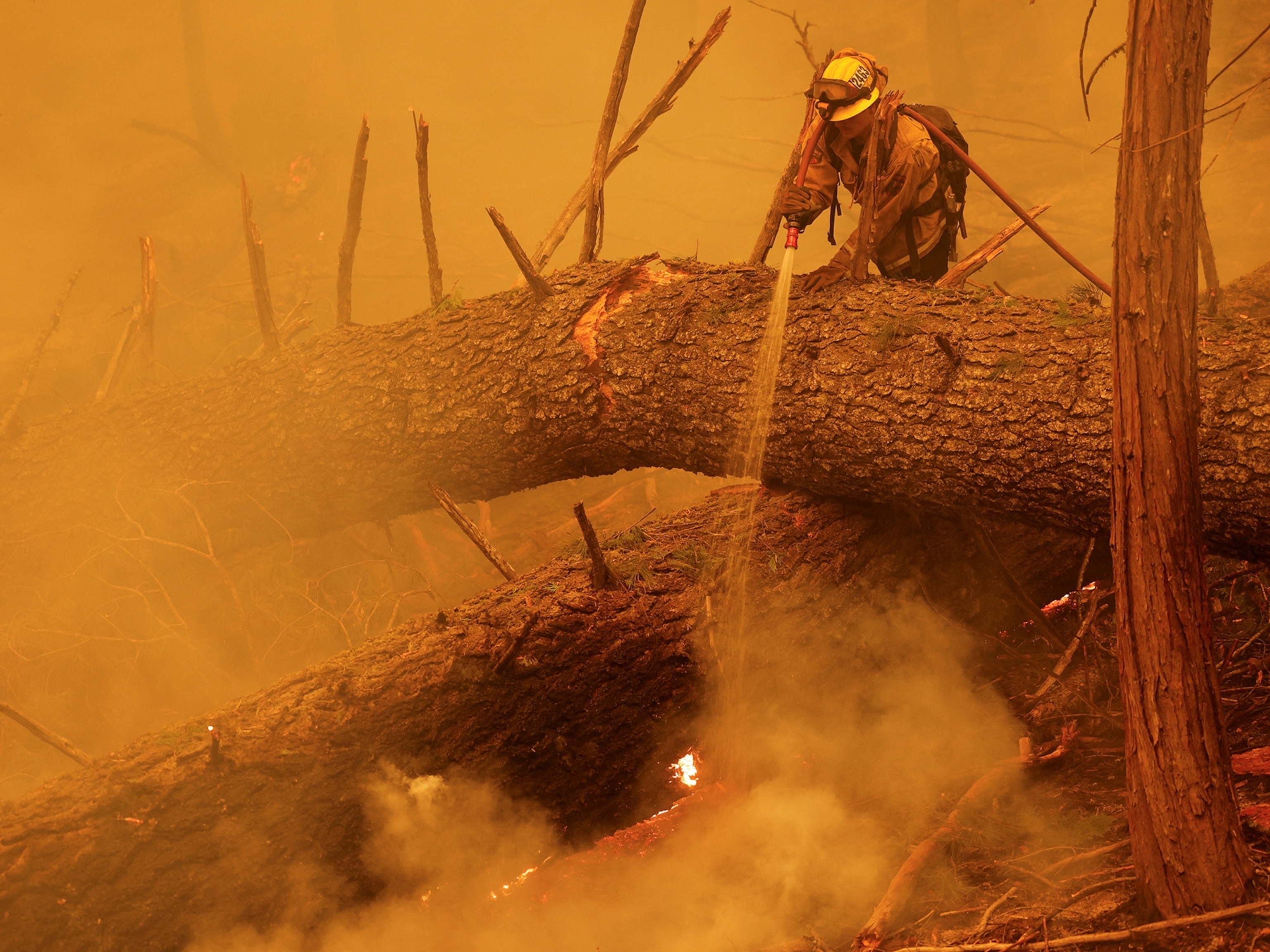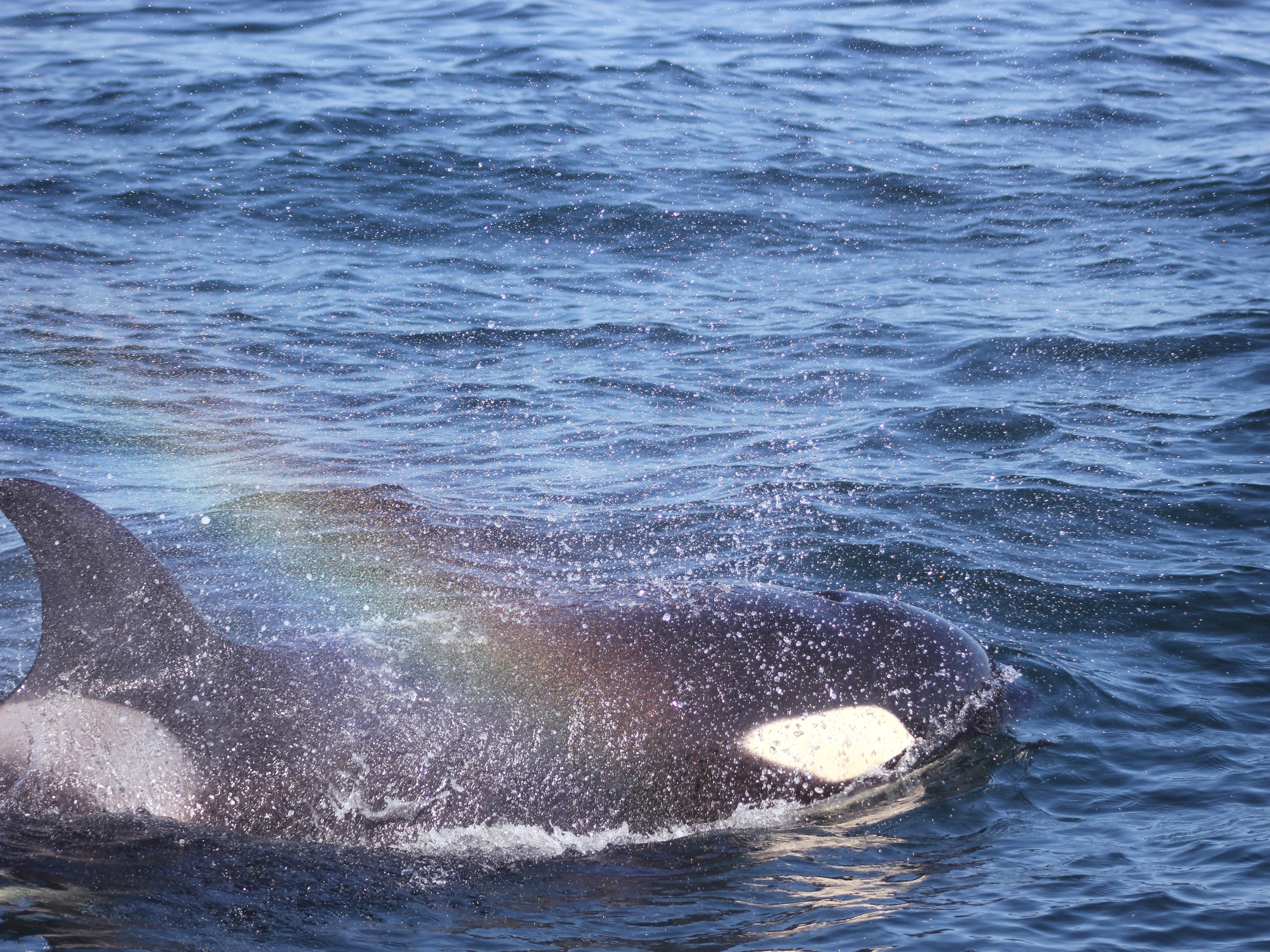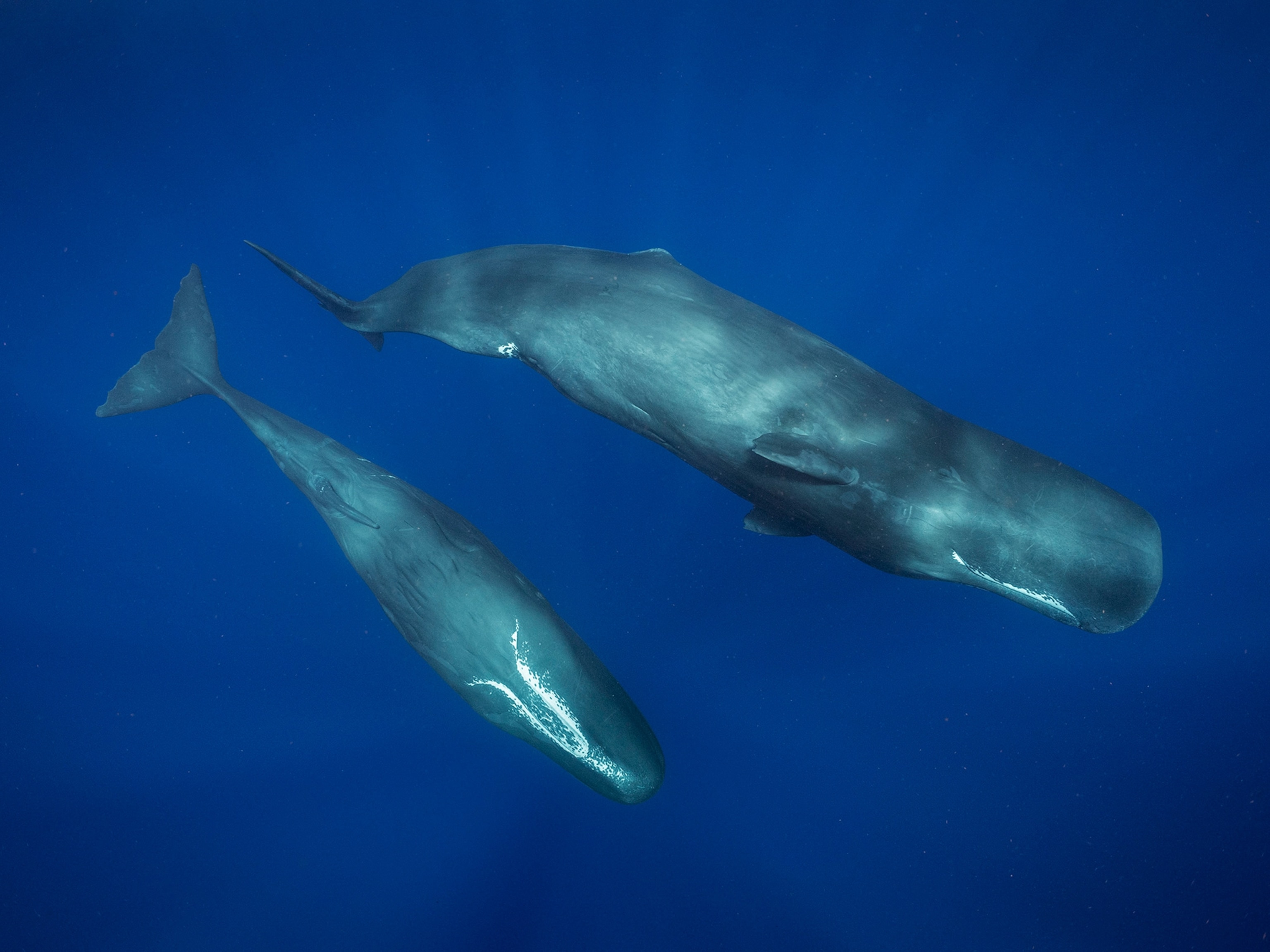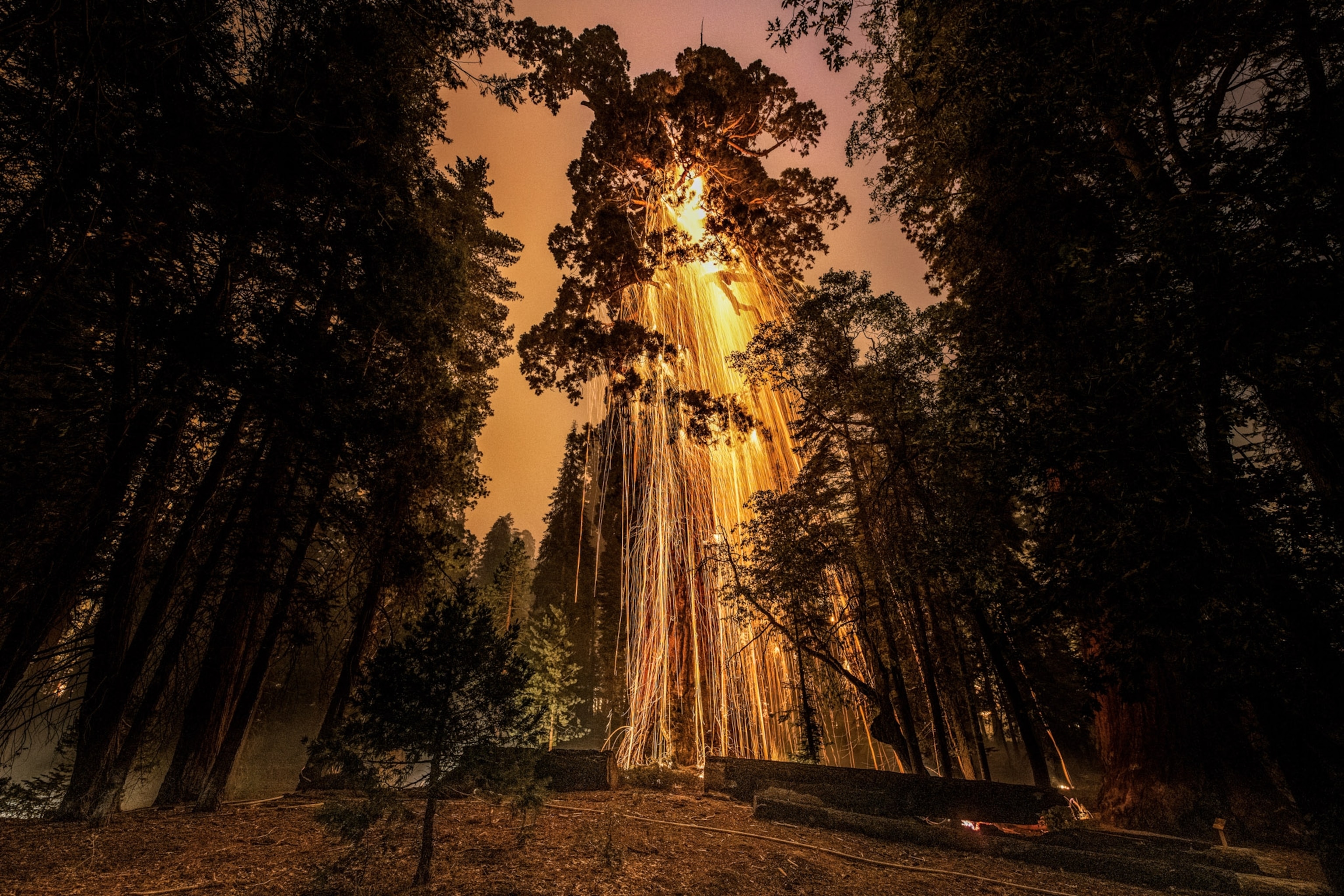
Earth is our home. Here’s how it’s changing.
These hand-picked National Geographic stories show how the world is bracing for—and embracing—its future.
For 136 years, National Geographic has been charting the state of our planet, illuminating for readers the wonder of our world, and helping them to understand it better. We have never been shy about documenting the challenges that communities around the globe face, like pollution, overdevelopment, and, of course, climate change. Particularly in the last five years, we have been drawing attention not only to the problems—which are both apparent and accelerating in their urgency—but also to the solutions that could help us address the problems that we all face as living creatures on planet Earth.
What follows is a curated list of 20 stories from this period that explore the state of our home, all of enduring relevance today. We have pieces on how the natural world is being reshaped, on global pollution, and on the promise and perils of our rapid energy transition. And we look at the effects of environmental changes on us, from food insecurity to conflict.
There are three key takeaways from this coverage, as I see it. First, as we look to address the root causes of climate change—notably, greenhouse gas emissions—we will need to leverage technology to assist us, alongside overall reductions, and some of that technology is promising. Second, we are not currently doing either of those things fast enough and need greater commitment across the public and private sectors, and from each of us as individuals, to reverse our current trajectory. And third, both now and in the future, the impact of environmental crises will not be felt equally, with the most vulnerable among us—both wildlife and human populations—suffering the most. But the problem belongs to all of us to solve, and we can only do so together. I remain hopeful that we can.
The natural world is changing

1. Nature is out of sync—and that’s reshaping everything, everywhere
On average, Washington, D.C.’s famous cherry blossoms have historically hit peak bloom around April 2. This year, blossoms started peeping out in mid-March, peaking on March 17. This is just one example of how nature’s timing is out of sync. Trees are dropping their colorful autumn leaves later in the season, flowers are blooming early, and snow is nearly gone by winter in some regions. These new clocks are bad for wildlife—pollinators may not collect pollen in time, trees don’t get enough rest, and animals’ camouflage doesn’t do its job, exposing species to predators. (Read the full story from our July 2021 issue.)
2. How the world’s forests have transformed in the past two decades
Forests not only provide habitats for thousands of different species, but they also help us fight climate change, pulling carbon dioxide out of the atmosphere and locking it underground. Yet we’ve been cutting them down at alarming rates. Now, climate change is causing extreme weather—drought in some regions, floods in others—and making it harder for trees to survive. We have solutions to help them, but it remains to be seen if we will put them to use. (Read the full story from our May 2022 issue.)
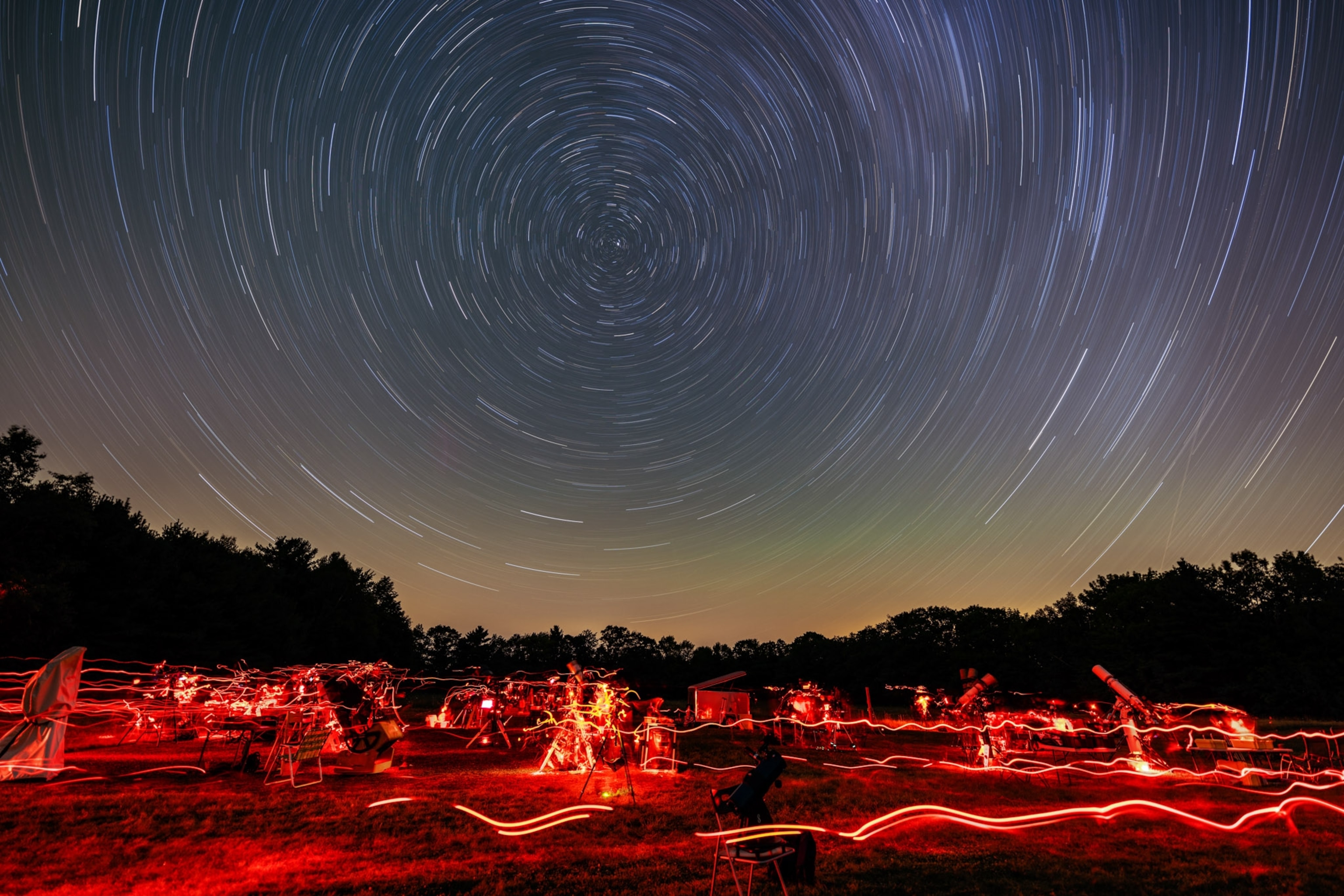
3. Our nights are getting brighter, and Earth is paying the price
About 83 percent of the world lives under night skies filled with light pollution. This doesn’t just obscure our view of the stars; it also throws our circadian rhythm—crucial for healthy sleep—out of balance. But it’s wildlife that suffers most. Lured by bright lighting, birds can veer far off their migration routes and are more likely to fatally fly into buildings. And firefly species, many of which are endangered, fail to successfully mate when skies are light polluted. This puts their whole existence in peril. (Read the fully story here.)
4. We're successfully saving some species while losing others
The April 2020 issue of Nat Geo explored two scenarios: one in which we save the planet and one in which we do nothing. This issue featured an article about our conservation successes (which you can read here) and advances in habitat preservation and captive breeding programs that have saved animals we thought would cease to exist. A companion piece (found here) showed that many more species remain overlooked.
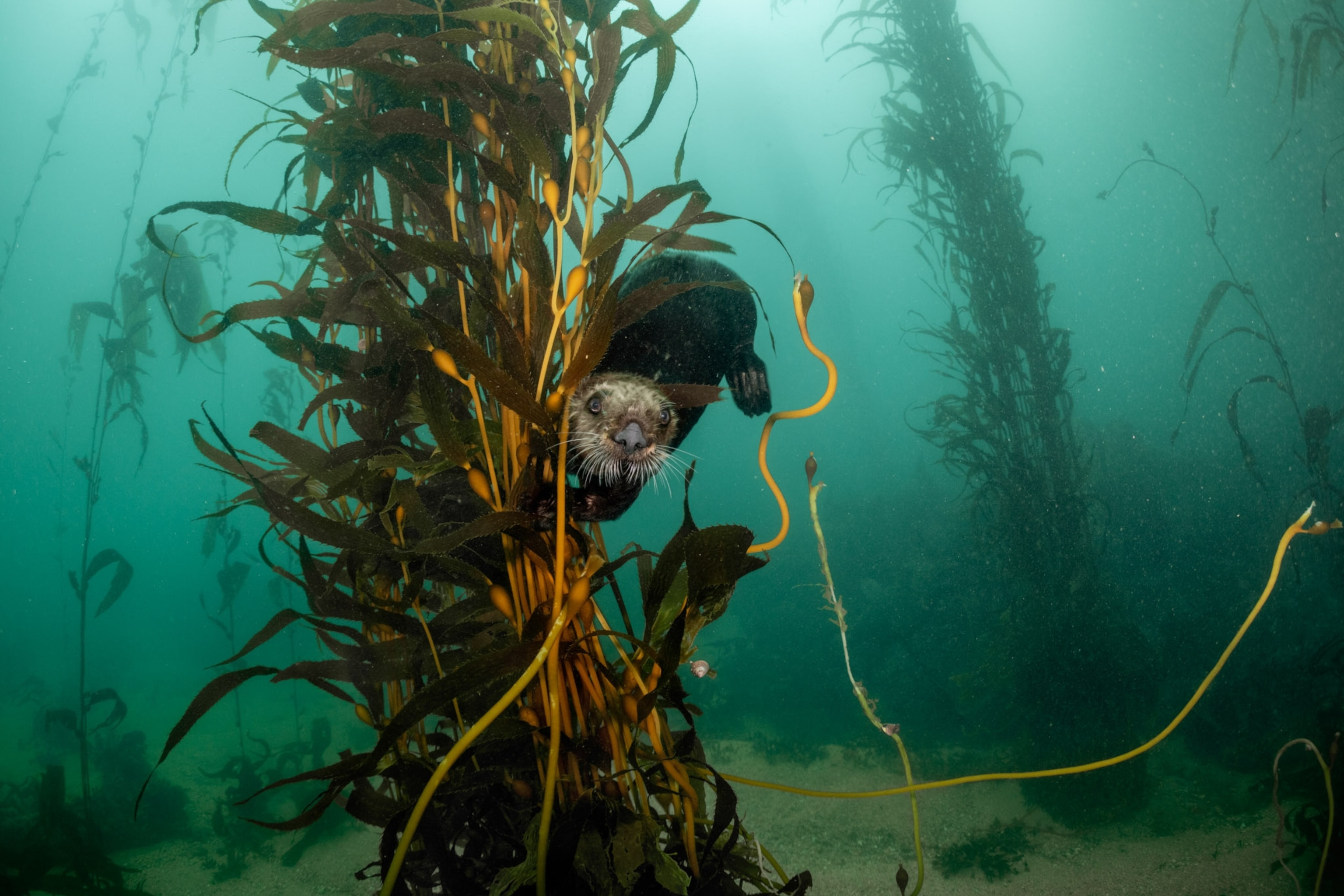
5. Sea otters are rebounding from near extinction. Not everyone is happy.
Sea otters have thick, luxurious fur, which is why they almost went extinct. Today, their populations are rebounding. Conservation laws and hands-on care from human caretakers helped bring them back. But what happens when you reintroduce a species that’s been absent for decades? (Read the full story from our February 2023 here.)
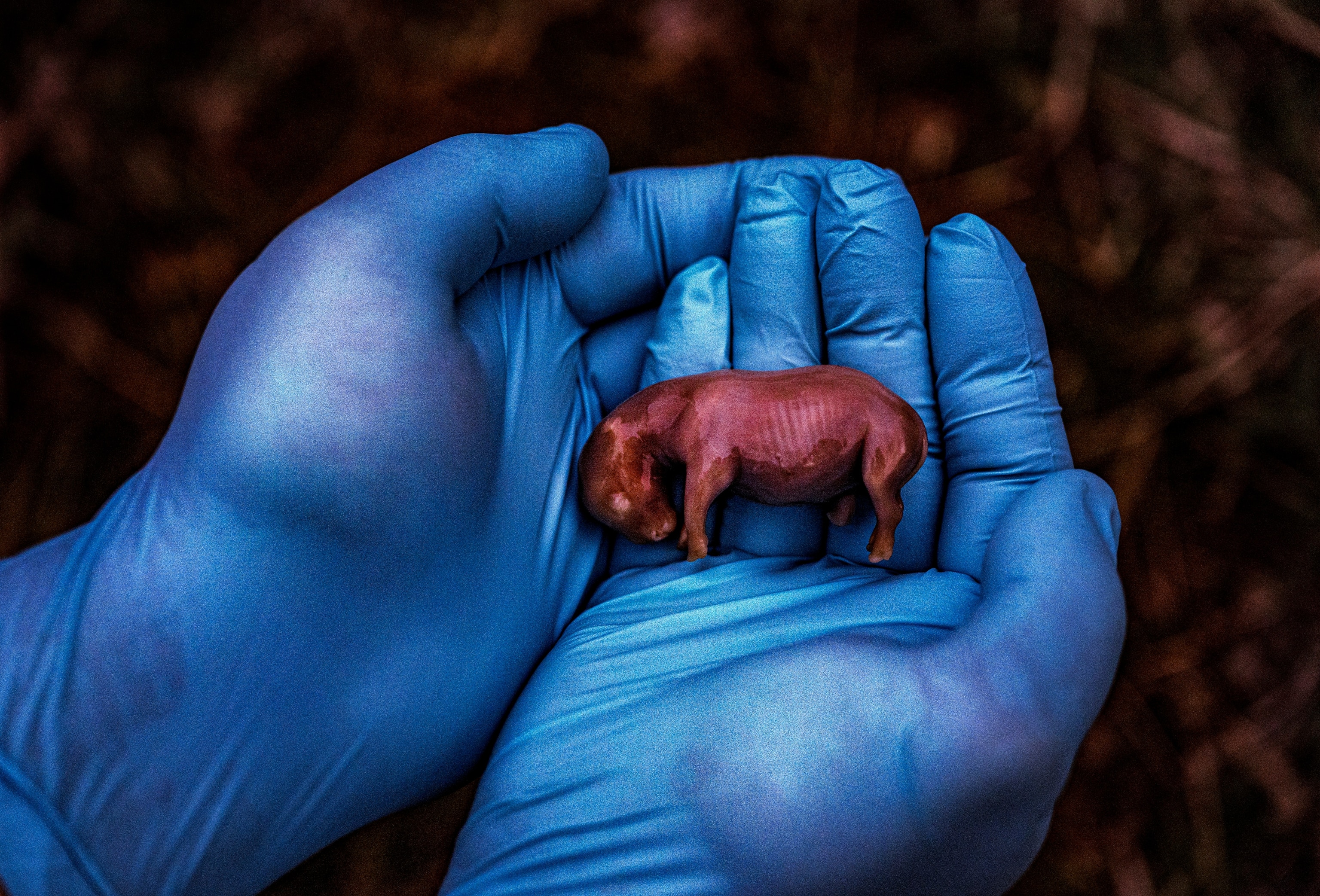
6. World's first IVF rhino pregnancy could save near-extinct animals
For the northern white rhino, in vitro fertilization may be the only way the species will survive. Only two elderly rhino females remain on Earth. The last male died in 2018. But scientists have saved the sperm and eggs of several individuals, and they plan to implant them in the southern white rhino, a genetically similar species. The experiment costs millions of dollars, and not everyone is sure it’s worth the cost. Yet species around the world are facing similar existential threats. Should we go to great lengths to save them? (Our story published earlier this year explored this new technology.)
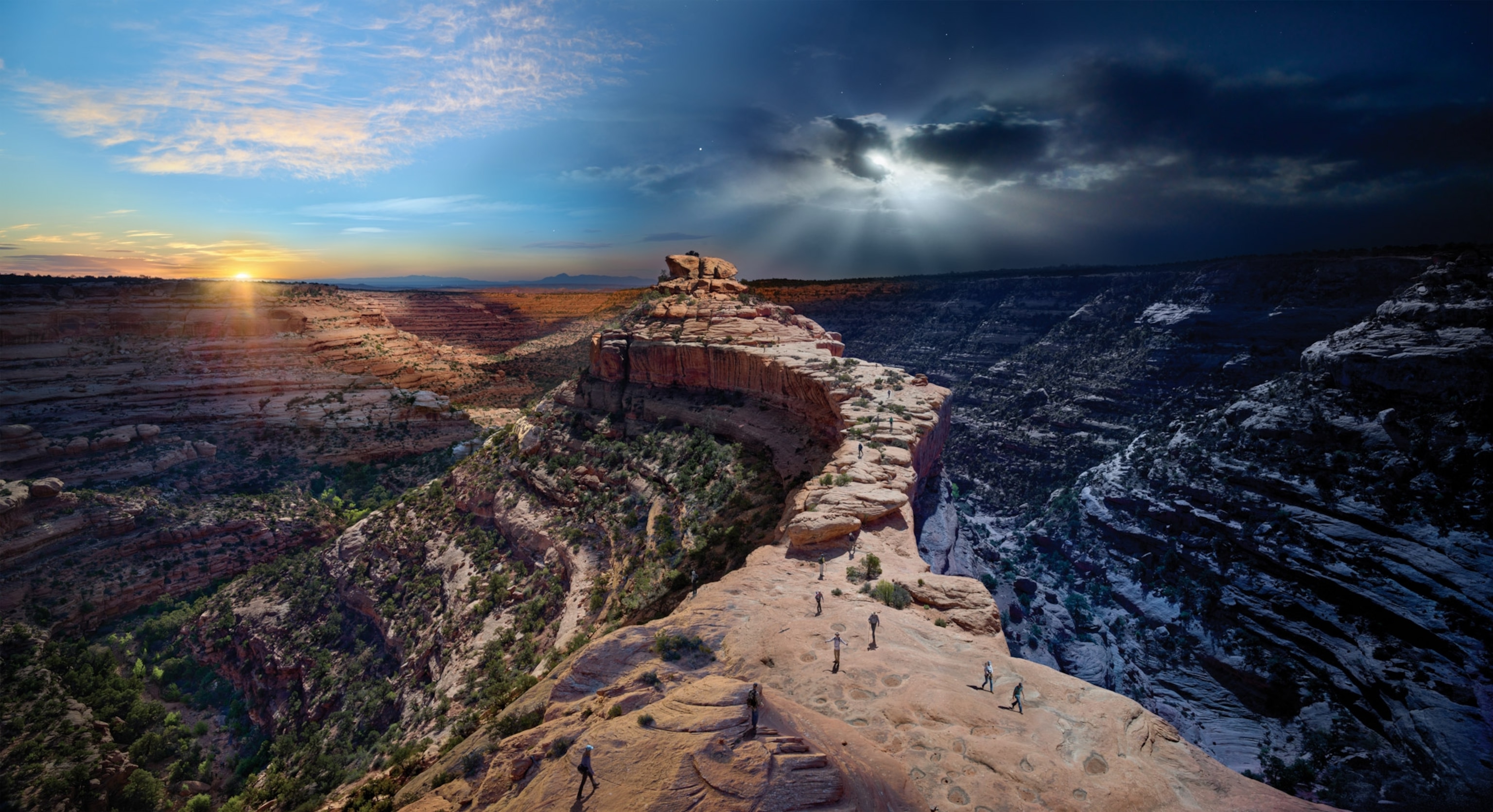
7. In a warming climate, we need to radically rethink how we conserve nature
We are facing what scientists say is an extinction crisis. Ecosystems are being destroyed—for industry, urban expansion, and as climates change—and the wildlife that live there are permanently disappearing. Conservationists say a few national parks here and there aren’t cutting it. We need to conserve nature everywhere: at big remote parks, in cities, on private timber forests, throughout navigable waterways, and more. (Learn more about this big idea from the story in our September 2021 issue.)
What’s polluting our air and water?
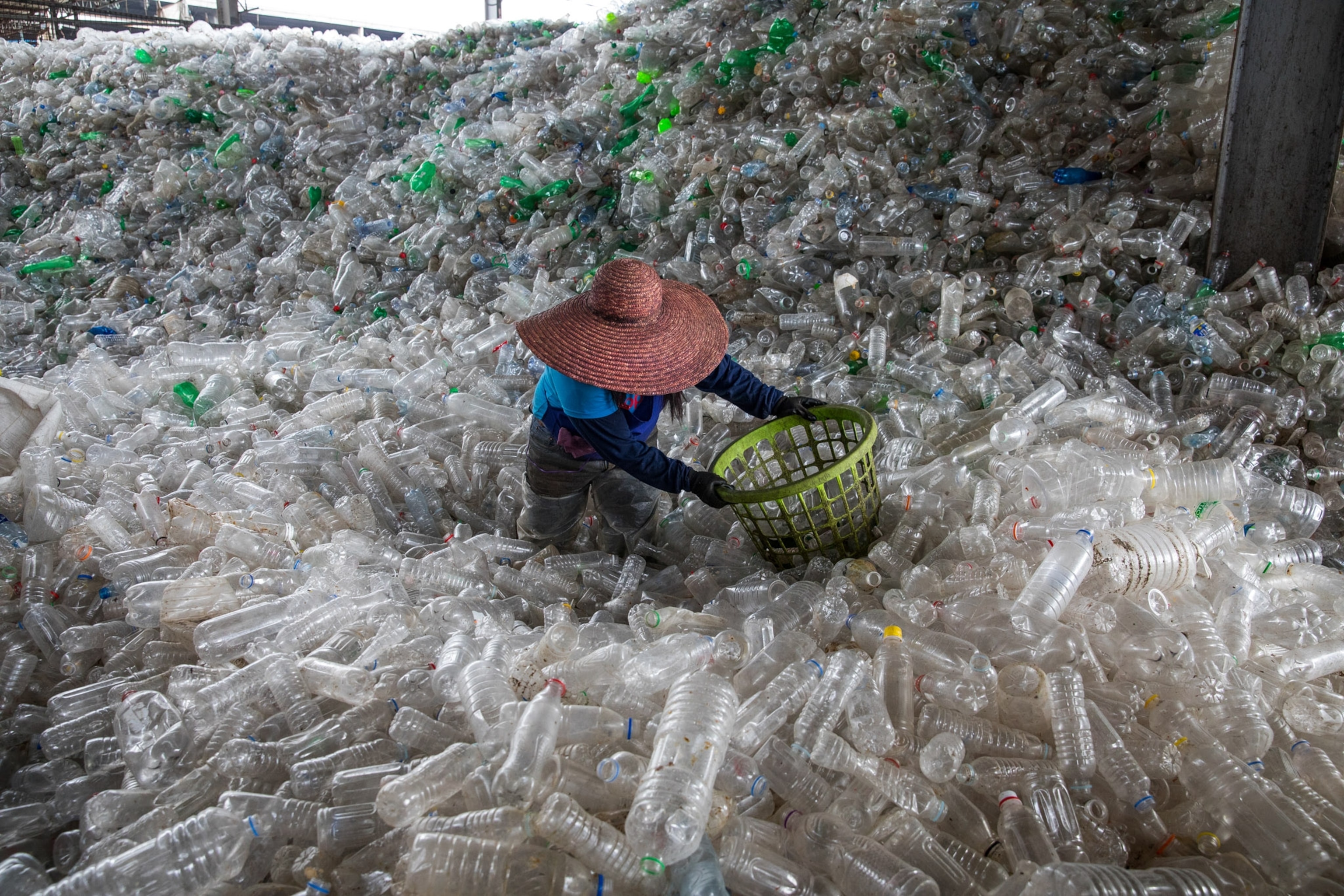
8. We made plastic. We depend on it. Now we’re drowning in it.
Plastic was supposed to revolutionize our world, and in many ways, it did. The material is light and durable, which makes it useful from the agricultural industry to medical care. Yet very little plastic ever gets recycled. It’s now a major source of pollution. In addition to harming the environment and wildlife, tiny microscopic pieces of plastic called microplastics are being found in our food, air, and blood. (Read our June 2018 cover story here. )
9. Air pollution kills millions every year, like a ‘pandemic in slow motion’
An estimated seven million deaths a year are attributed to air pollution. Everything from car emissions to traditional indoor cooking methods can be deadly when exposed to them over and over. While this remains lethal for many parts of the world, there are proven solutions we know work. Sweeping legislation, such as the Clean Air Act, can drastically cut pollution, though about 45 percent of Americans are still routinely exposed to dirty air. (Read the full story in our April 2021 issue.)
The energy revolution is here
10. How green can we make air travel? And how soon?
More than 80 percent of people have never flown on a plane, and air travel has caused anywhere from 2.5 to five percent of all emissions. But don’t let these minuscule numbers obscure the threat from aviation emissions. It’s one of the single biggest ways to grow your personal carbon footprint. Air travel is only expected to grow, which means experts need to figure out a way to make flying more sustainable before it becomes an even bigger source of planet warming emissions. (Read the full story from our October 2021 issue.)

11. The future of driving is here—and it’s electric
Transportation is responsible for about 20 percent of the world’s carbon dioxide emissions every year, and of that transportation, cars are responsible for a little under half of that. But if electric cars are plugged into electric grids powered by renewable energy, those emissions plummet. Major investments are underway to develop new, more affordable electric vehicle models, and to create incentives for consumers to buy them. (Published: October 2021 issue.)

12. This metal is powering today's technology—at what price?
To power the world with clean electricity, we’ll need a new generation of long-lasting, rechargeable batteries. Lithium is a lightweight mineral that helps power this new class of batteries, and that makes this high-demand mineral extremely valuable. To get it out of the ground, mining companies have to churn up what are often untouched landscapes, and the byproducts of this mining can contaminate soil and water. (Learn more about lithium in our February 2019 issue.)
13. Activists fear a new threat to biodiversity—renewable energy
Few places are better suited for renewable energy build-out than deserts, where sun is plentiful, and the wind is often blowing. But will untouched desert ecosystems pay the price? A small plant called Tiehm’s buckwheat grows in one small region in Nevada where soils happen to be rich with lithium. The small plant is endangered, and mining here could permanently erase the buckwheat from the landscape. (Read the full story here.)
What are all these environmental changes doing to us?
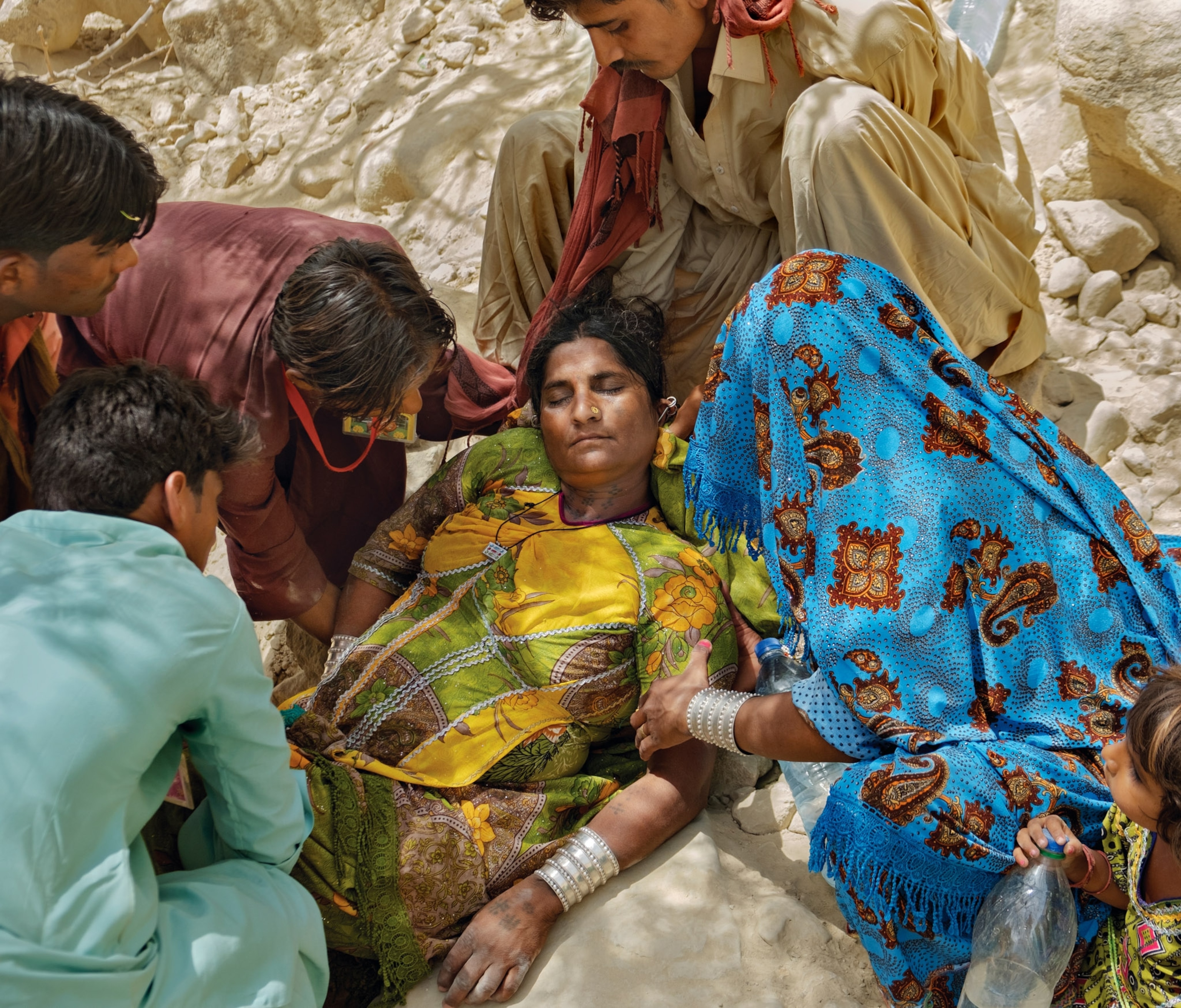
14. Too hot to live: Millions worldwide will face unbearable temperatures
When the planet warms, it kicks off a cascade of complicated consequences. But perhaps the most straightforward effect of a warming planet is the rise in hotter temperatures. This past year, 2023, was the hottest year ever recorded. Decades from now, it may be one of our coolest. Dangerously hot weather isn’t just uncomfortable. Extreme heat is one of the leading causes of weather-related deaths. (Read more in our July 2021 issue.)
15. Your favorite foods are at risk from a rapidly warming planet
Even under the best conditions, growing food is difficult. Farmers must contend with floods, droughts, cold snaps, and pests. As the climate changes, growing conditions are changing and becoming even more unpredictable. Floods are happening more often, droughts are lasting longer, and winter is shrinking, making crops more vulnerable to springtime cold snaps. Some of our most beloved foods—avocados, coffee, chocolate, peaches, tomatoes—will need to adapt or be grown in new places. (Learn more about how climate change impacts food.)

16. As climate change alters beloved landscapes, we feel the loss
If our changing landscapes fills you with melancholy, you may be feeling solastalgia, a feeling of homesickness for a place you never left as you watch it change around you. From the retreating wetlands of Louisiana, to warming winter holidays in the north, people are feeling grief for the homes they’re losing. (Read more about solastalgia in our April 2020 issue.)
17. Climate change’s hidden threat: grief and trauma
Therapists are increasingly seeing patients who bear the psychological burden of climate change. After experiencing a natural disaster, such as a wildfire or hurricane, survivors must grapple with post-traumatic stress disorder. And after learning about dire predictions for the future, some patients are contending with “eco-anxiety,” an anxiety disorder driven by fear of what the future climate holds. (Learn more about the mental health effects of climate change.)
18. A thawing Arctic is heating up a new Cold War
There is no solid land in the Arctic. It’s a region made of ice that shrinks in the summer and grows in the winter. But this region is warming faster than anywhere else on Earth; on average, four times faster, and creating navigable—valuable—shipping lanes across the top of the world. Access to these passages is escalating conflict among nations that want control. (Read more in our September 2019 issue..)
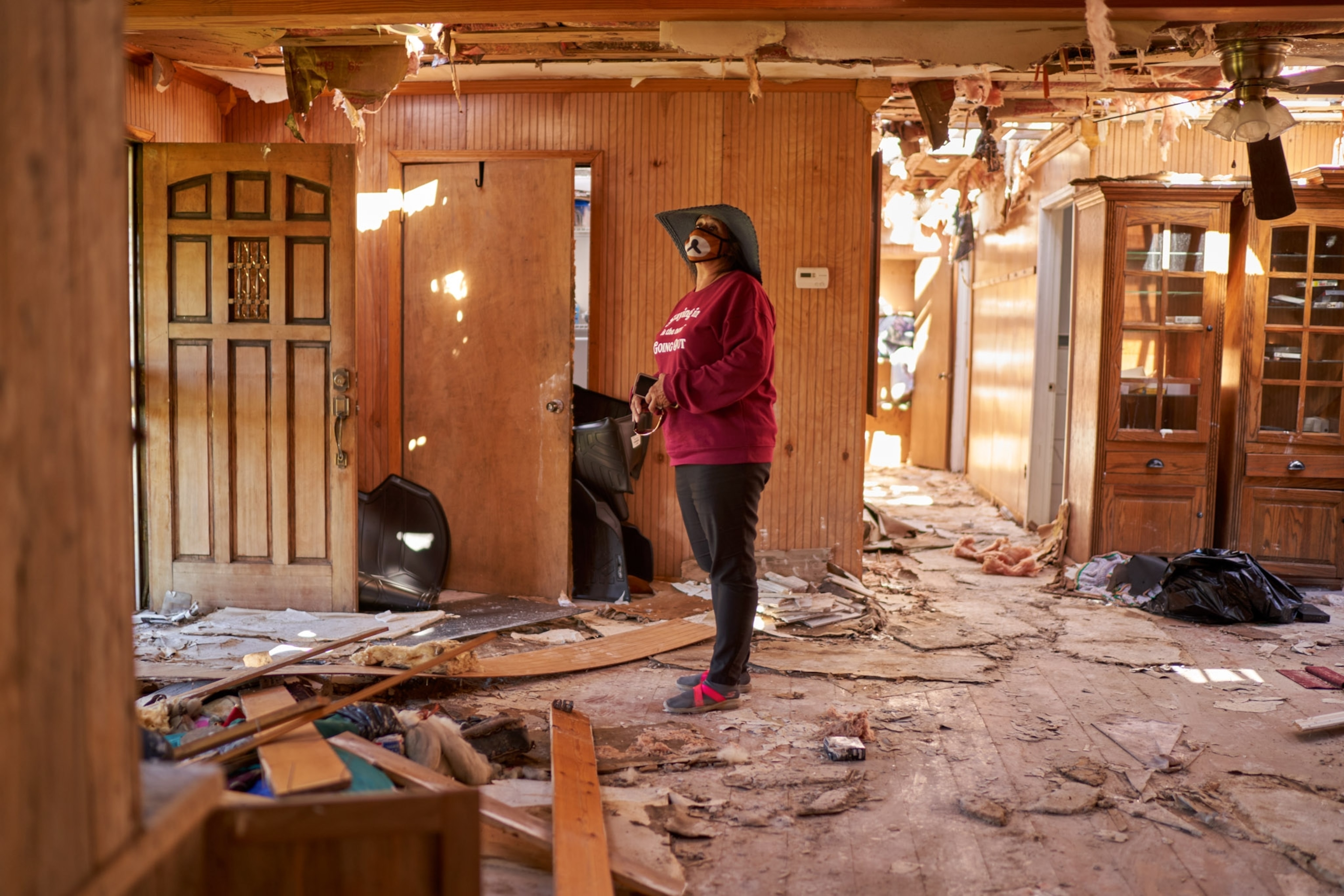
19. How many 'natural' disasters can one city endure?
Some parts of the U.S. are more at risk of experiencing a climate disaster than others. Parts of California are routinely exposed to wildfires, and the Gulf Coast is hit by hurricanes year-after-year. When you live in the path of disaster, and you know it will only get worse, what do you do? Rebuild? Pursue expensive adaptations? And when do you finally move? This is a question that Lake Charles, Louisiana grappled with. The city is only 30 miles from the sinking Louisiana coast, and in 2020, it was repeatedly hit by hurricanes. (Read the full story here.)
20. What you can do right now to advocate for the planet
No one has more to lose on a warming planet than the youngest generations, and they’re not giving up the opportunity to live on a healthy planet without a fight. This Q&A with Nat Geo Explorer and Argentinian climate activist Eyal Weintraub helps readers understand how they too can advocate for political action to protect the planet. (Learn what you can do here.)

